
On a remote Japanese island, an unexpected partnership is rewriting what we know about evolution. Here, macaque monkeys ride sika deer like tiny jockeys, grooming their furry companions in exchange for snacks and shelter. But this isn’t just a quirky animal friendship—it could be proof that culture can spread between species. Scientists call it “co-culture,” and it might reshape how we understand animal intelligence and evolution.
A Monkey on a Deer’s Back—The Start of a New Evolutionary Chapter
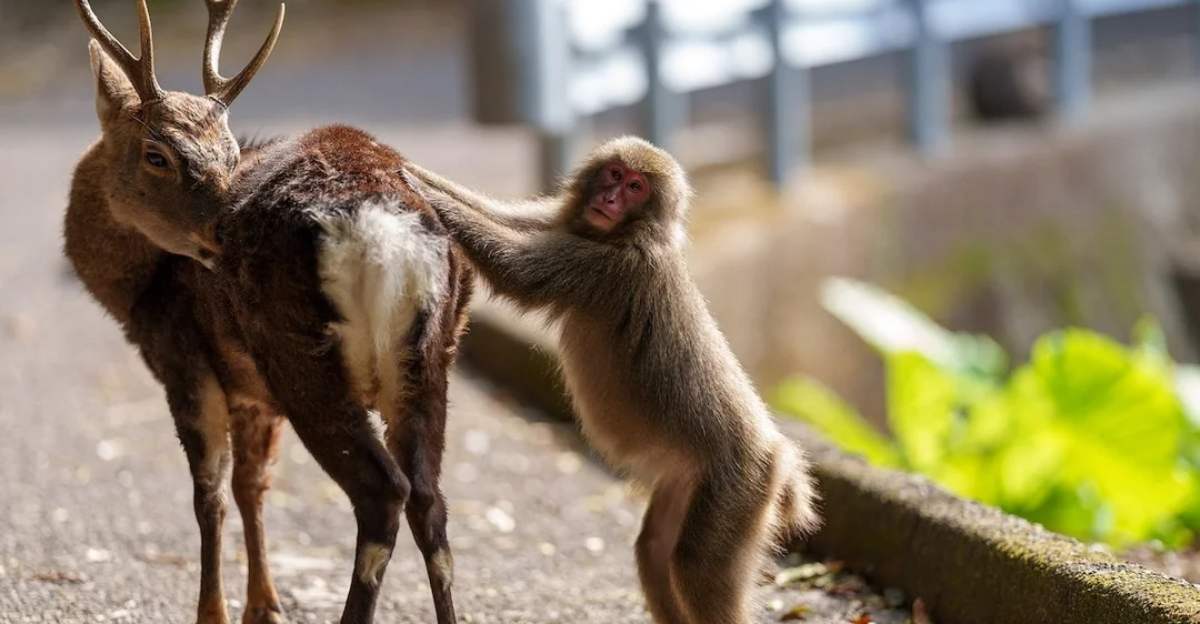
On Japan’s Yakushima Island, a fascinating relationship has been witnessed—macaque monkeys ride sika deer like tiny jockeys. At first glance, it might seem like a quirky animal friendship, but researchers believe this behavior could challenge long-held ideas about evolution. Instead of biological traits alone shaping a species, cultural transmission—the passing of learned behaviors—may be driving evolution in unexpected ways. These monkeys aren’t just hitching free rides. They groom the deer, which benefits both species—the deer get a cleaning service, and the monkeys earn favors in return. Some macaques even use deer as surrogate mates, a behavior that, if sustained across generations, could impact both species’ evolutionary paths. Scientists are calling this “co-culture”—a groundbreaking concept that suggests species can learn from each other just as they do within their own kind. If proven, this discovery could change how we view animal intelligence and evolution itself.
Why This Relationship Is More Than Just a Quirk
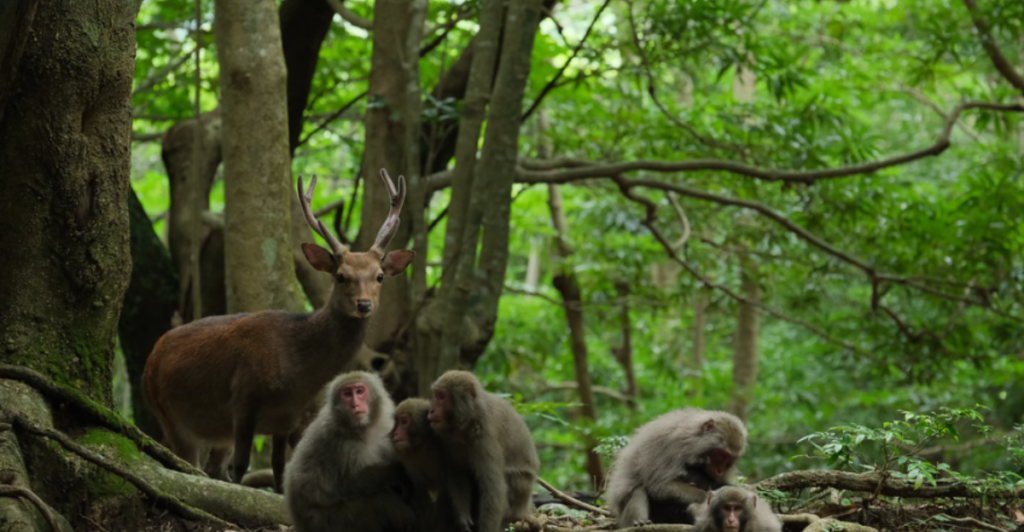
Mutually beneficial relationships exist in nature, but this one stands out because it goes beyond instinct. The deer and macaques actively signal to each other, showing intent and understanding. This isn’t just adaptation—it’s a form of social learning across species. If behaviors like these spread, it could redefine how culture, not just genetics, shapes the evolution of species.
Evolution Isn’t Just Genetic—It’s Cultural
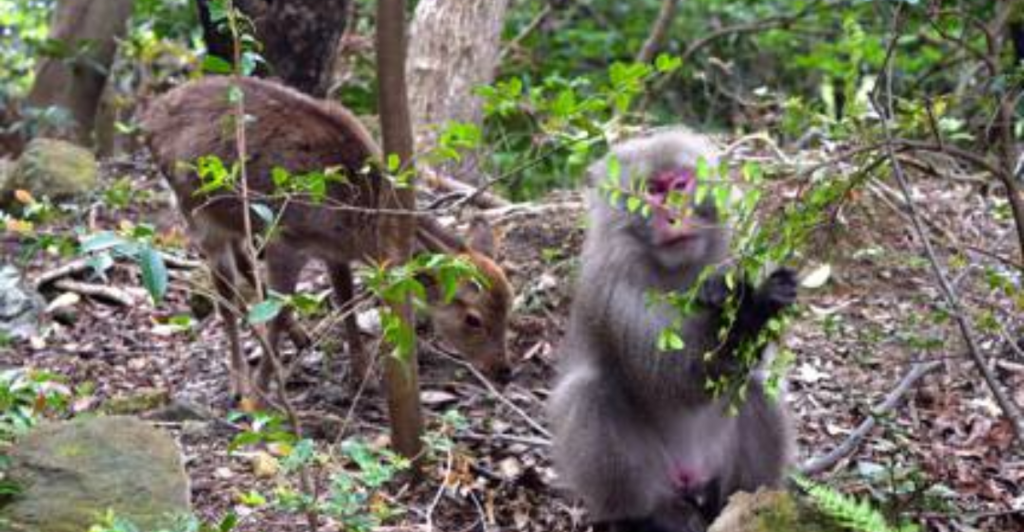
For centuries, evolution was seen as a slow process driven by genetic mutations. But now, scientists argue that culture—learned behaviors passed across generations—can shape species just as much. This co-culture theory suggests that evolution isn’t just about survival of the fittest—it’s about who learns fastest and adapts through shared knowledge, even across species lines.
The Deer-Monkey Bond: A Survival Strategy?
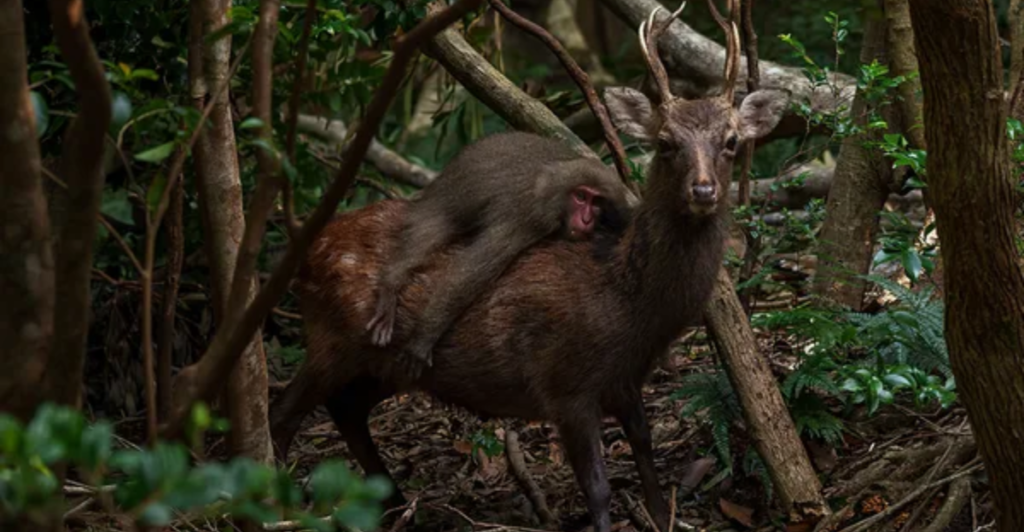
Yakushima’s dense forests offer food, but also dangers. For monkeys, deer provide safety, mobility, and social benefits. In return, deer get extra grooming, access to fallen fruit, and even nutrient-rich monkey droppings. This relationship isn’t just random—it’s a strategic survival method that shows animals actively learning how to benefit from partnerships, much like humans do.
Other Species That Learn Across Boundaries
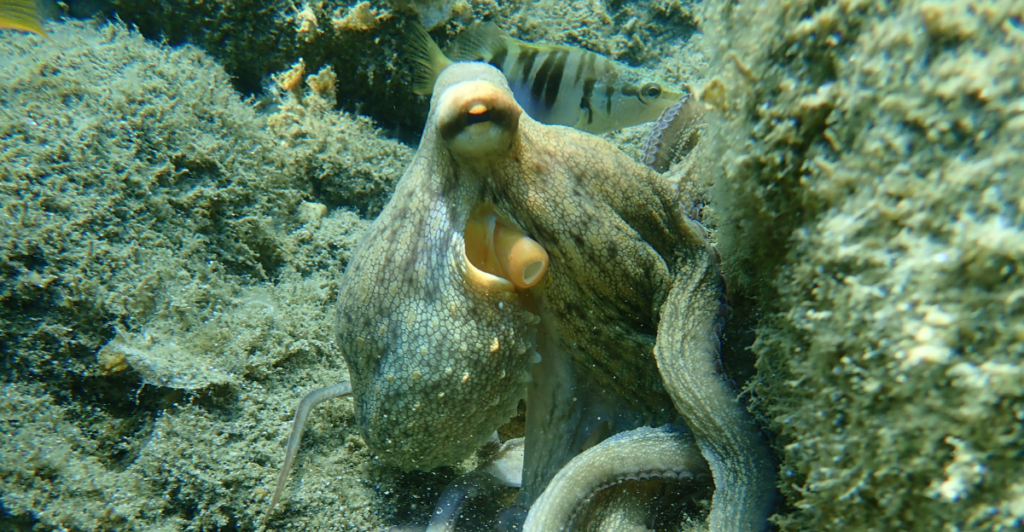
This isn’t an isolated case. In Yellowstone, ravens follow wolves to scavenge kills. In Bali, macaques steal from tourists and trade for food. In the ocean, grouper fish and octopuses hunt together. These examples suggest that cross-species culture isn’t rare—it’s just been overlooked. The deer-riding monkeys may be the tip of the iceberg.
Could This Lead to Evolutionary Changes?
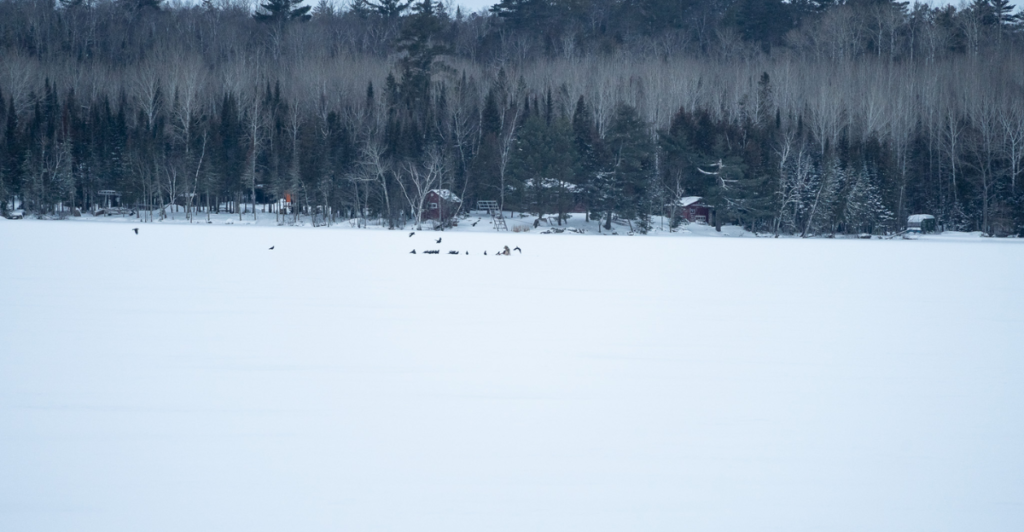
If monkeys continue riding deer for generations, could this behavior alter both species’ evolution? Some scientists believe learned behaviors can pressure species to adapt—just as human agriculture shaped domesticated animals. If these monkeys rely on deer long-term, could they evolve to depend on them completely, just as early humans did with horses?
What If This Behavior Spreads?
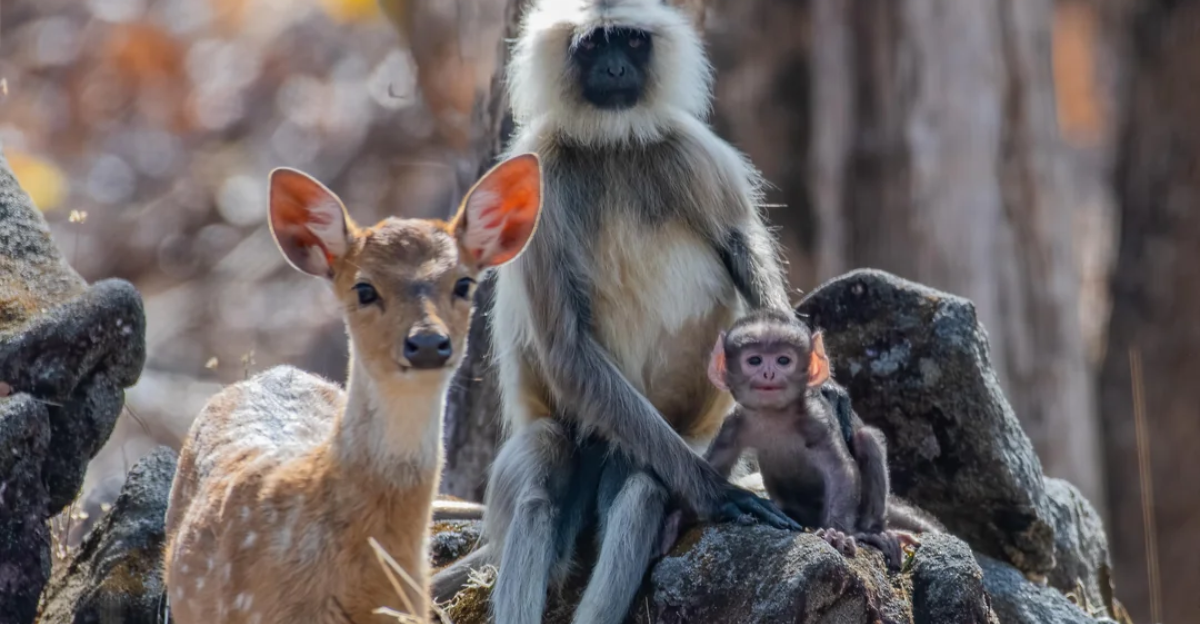
If deer-riding spreads to other macaque populations, it could confirm that cultural evolution drives species-wide changes. Similar to how tool use spread among primates, a behavior that starts as a novelty can become a survival advantage. Scientists now have a rare chance to observe how interspecies culture spreads in real-time.
The Big Question: Should We Intervene?

If macaques become dependent on deer, should conservationists step in, or let nature take its course? What happens if deer populations decline, leaving monkeys without their new allies? These questions force scientists to rethink how we protect species—not just their bodies, but their cultures, too.
The Future of Animal Intelligence Research
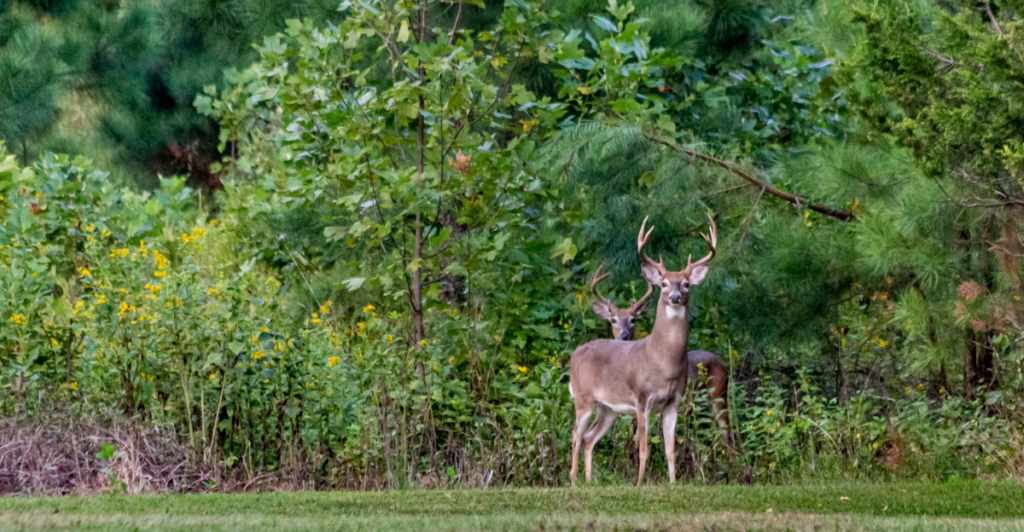
This discovery could reshape animal intelligence studies. If species can share knowledge across barriers, what else can they learn? Could wild animals develop interspecies alliances like early humans did? As scientists dig deeper into co-culture, one thing is clear: the line between human and animal intelligence is thinner than we ever thought.
What This Means for the Future of Evolution

The deer-riding macaques challenge everything we thought we knew about evolution. If culture—not just biology—drives species forward, it changes how we see intelligence, adaptation, and survival. What other animal relationships have we overlooked? The next big leap in evolutionary science may come not from fossils but from watching the living world in action.
Explore more of our trending stories and hit Follow to keep them coming to your feed!

Don’t miss out on more stories like this! Hit the Follow button at the top of this article to stay updated with the latest news. Share your thoughts in the comments—we’d love to hear from you!







